Finger tapping movements of Parkinson's disease patients automatically rated using nonlinear delay differential equations
- PMID: 22462995
- PMCID: PMC3292594
- DOI: 10.1063/1.3683444
Finger tapping movements of Parkinson's disease patients automatically rated using nonlinear delay differential equations
Abstract
Parkinson's disease is a degenerative condition whose severity is assessed by clinical observations of motor behaviors. These are performed by a neurological specialist through subjective ratings of a variety of movements including 10-s bouts of repetitive finger-tapping movements. We present here an algorithmic rating of these movements which may be beneficial for uniformly assessing the progression of the disease. Finger-tapping movements were digitally recorded from Parkinson's patients and controls, obtaining one time series for every 10 s bout. A nonlinear delay differential equation, whose structure was selected using a genetic algorithm, was fitted to each time series and its coefficients were used as a six-dimensional numerical descriptor. The algorithm was applied to time-series from two different groups of Parkinson's patients and controls. The algorithmic scores compared favorably with the unified Parkinson's disease rating scale scores, at least when the latter adequately matched with ratings from the Hoehn and Yahr scale. Moreover, when the two sets of mean scores for all patients are compared, there is a strong (r = 0.785) and significant (p<0.0015) correlation between them.
Figures
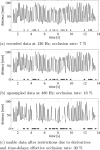
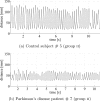
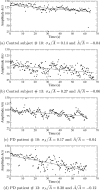
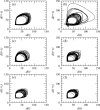
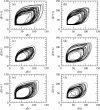

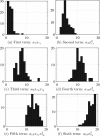


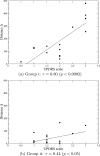



References
Publication types
MeSH terms
Grants and funding
LinkOut - more resources
Full Text Sources
Medical

